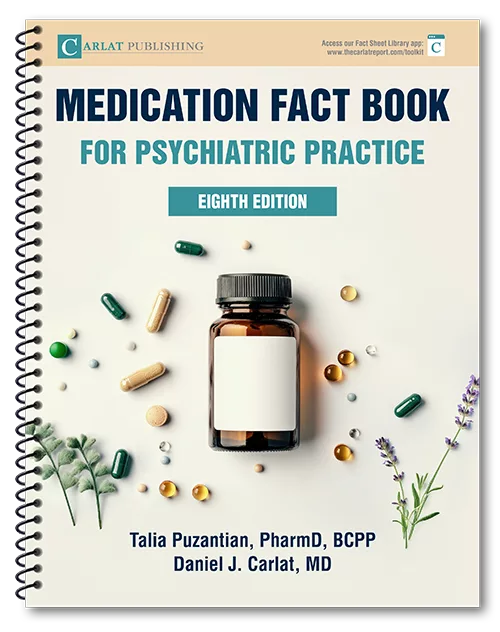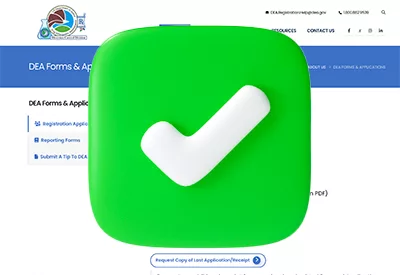Deprescribing antipsychotics is its own beast.
And it often takes more work than starting them.
This is a bonus post in my A-to-Z series from the upcoming 8th edition of the Med Fact Book.
We covered switching antipsychotics last week.
But what about stopping them?
I posted on this a few months ago, and the response made one thing clear:
There’s a hunger for better tools—and better language—around antipsychotic withdrawal.
Relapse rates are high—65–80% within 1–2 years off meds.
But some patients ask. And sometimes, we wonder if less is more.
So here’s how I approach discontinuation:
▸ Taper ultra-slowly—5–10% every 1–3 months
▸ Build a relapse prevention plan with clear warning signs
▸ Educate about supersensitivity psychosis
→ (Too many dopamine receptors, not enough blockers)
▸ Watch for withdrawal dyskinesia—not just TD, but movements that emerge during the taper
▸ For anticholinergic rebound (SLUD symptoms), taper clozapine/olanzapine slowly or cover briefly with benztropine
These cases take time. And nuance.
But the payoff is real when done thoughtfully—and collaboratively.
Not every return of symptoms is a relapse.
And not every smooth taper means the diagnosis was wrong.
Next up: Benzos—and why “as needed” isn’t as simple as it sounds.
▸ What’s your approach when a patient wants off their antipsychotic?
▸ Share if you’ve navigated this tightrope—or want to help reimagine it
▸ Follow me (Daniel Carlat, MD) for grounded psychopharmacology from the Med Fact Book
Join the conversation on LinkedIn with Dr. Carlat.

_-The-Breakthrough-Antipsychotic-That-Could-Change-Everything.webp?t=1729528747)



